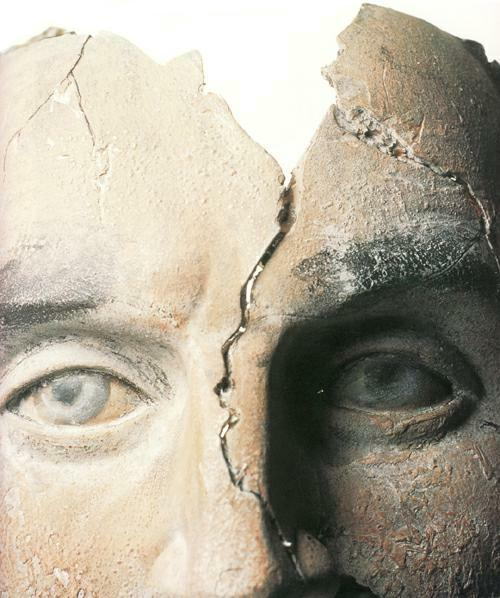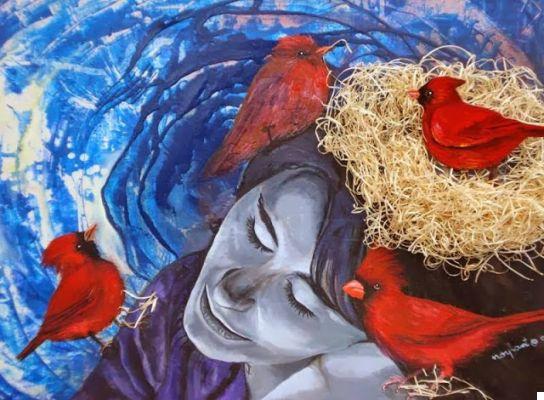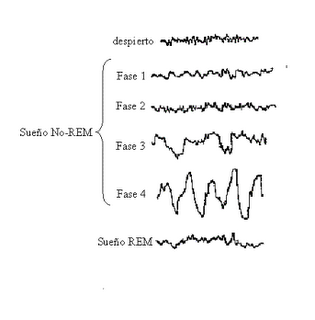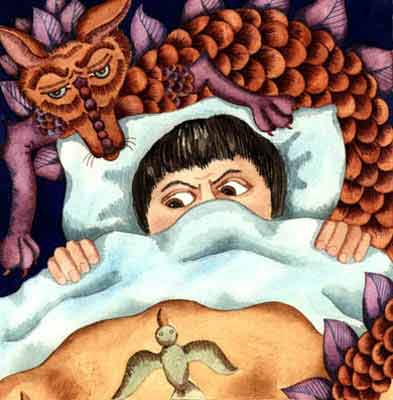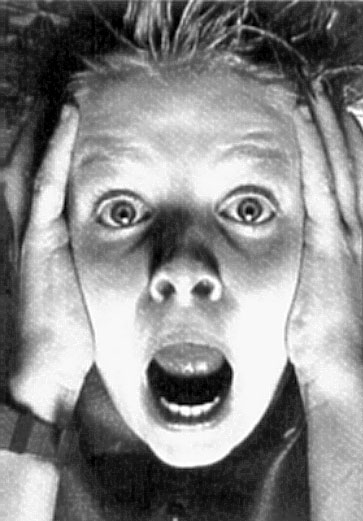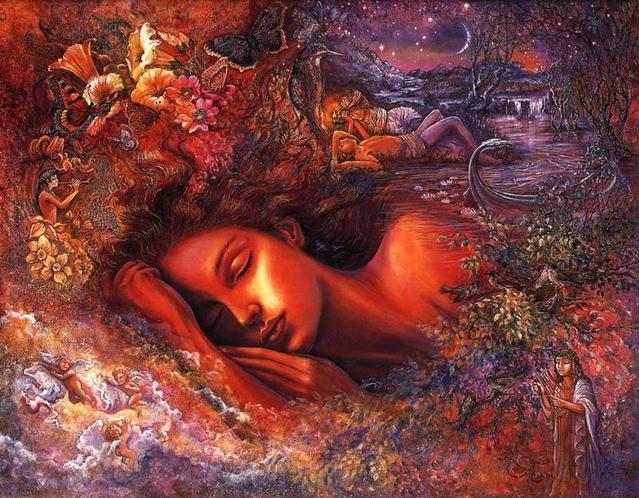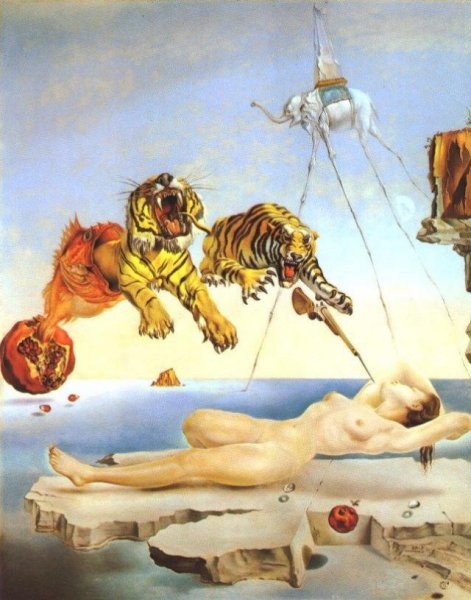
Dreams have always fascinated men of different eras and cultures, who have tried to give them the most diverse and singular interpretations. The first attempts to explain the dream date back to 3000 BC, when people believed that dreams were experiences that the soul lived out of the body. The sleeping person could connect with a world of spirits and ghosts that offered him premonitory information. In the primitive East we can distinguish the interpretations that were given to the dreams of the pharaohs, which normally indicated the fate that fell to the people controlled by them. In ancient Greece, dreams predicted deadly diseases. These ideas currently exist in some ethnic groups. In oceania, between Melpa, daily dreams are regularly interpreted and even if there is a meaning to be attributed to each different content, many times the interpretations are not direct but are subject to the creativity and good judgment of the interpreter. The same happens between the Zinacantán, a small Mayan community among which two basic interpretative rules are in force: 1. Dreams are metaphors for future events. 2.The images of dreams will materialize in reality but in reverse. In the tribe of the Kogi in Colombia dream analysis is part of everyday life; each inhabitant is able to understand the meaning of their dreams even if there is a kind of "priest" which is consulted when dreams are confused. Obviously there is a very specific symbolism for each type of dream, thus, dreaming of snow means that the person will die when old while loading straw means that he will go hungry. In another Colombian tribe, the Embera, the “curanderos” (healing shamans) use dreams to know the causes of the illnesses of those affected. In Bible from Genesis al New Testament more than a thousand references to dreams and visions meet. So much in the Old like in New Testament they are references to premonitory dreams. However, the Council of Trent in the XNUMXth century AD he forbade the beliefs related to the oneiric, judging them sinful. Thus, for several centuries the Judeo-Christian world was deprived of the right to freely express their opinions with respect to the images seen in dreams. The only exception, the dreams told by saints and martyrs. In Muslim countries, dream reading was widespread since Koran. It was a belief that joined the prophecies of the Talmud and to the ancient Greek traditions and was the only one accepted by this religious belief. Mohammed and his disciples assured that prophetic dreams are a direct revelation of Allah. Thus, when the Arab culture reached its maximum splendor between the eighth and thirteenth centuries; dream interpreters acquired the same category of prophets. There were thousands of dream prophets-interpreters, although the best known to this day was Ibn Sirin. Faith in the message conveyed through dreams meant that dream reading was considered a true natural science. For the adepts of this art-science there was a dream angel called “Sadigun” and that he was an evil deity, "Will", she who sent bad dreams. Popular belief held that the dream came from two sources: one negative and the other positive. Furthermore, in theIslam, an importance was attributed to dreams that depended on the hour in which they occurred. Muhammad explains that the most important dreams are generated at dawn. On the other hand, in Tibetan Buddhism dreams are classified by Dream Yoga, who teaches through his practice to stay awake during the time in which one is dreaming and to do in the dream what we would like to do in the waking state, this would lead to living and loving in a more intense way. In scientific terms we could say that it is a form of training to dominate lucid dreams. In this belief, dreams are considered another reality as valid as the waking state itself, and through different teachings and practices the adept will learn to recognize and dominate the new reality. Furthermore, for Tibetan Buddhism there are three types of dreams: ordinary dreams, clear dreams and white light dreams. In the first two the person can remain lucid. In clear dreams, there is a greater awareness of what one would be dreaming of and all the details are remembered with greater clarity. Clear dreams are considered more authentic than dreams "Samsarici", they would be the equivalent of symbolic dreams in Psychology. Likewise in white light dreams there is no definition of the content of the dream itself, much less an I or “ego” as opposed to the content. Thus dreaming in this state of white light there would be no conflicts or problems. It is worth mentioning that Tibetan doctors still use dreams as a diagnostic method for the most diverse diseases. In modern Western culture the forgotten meaning of dreams was redeemed by psychoanalysis and even if today the web proliferate sites that sell dream analysis as part of learning the occult sciences, it is certain that the interpretation of dreams is always within everyone's reach. who have a minimum of preparation in this very fascinating field, which reveals its mysteries to us every day.









